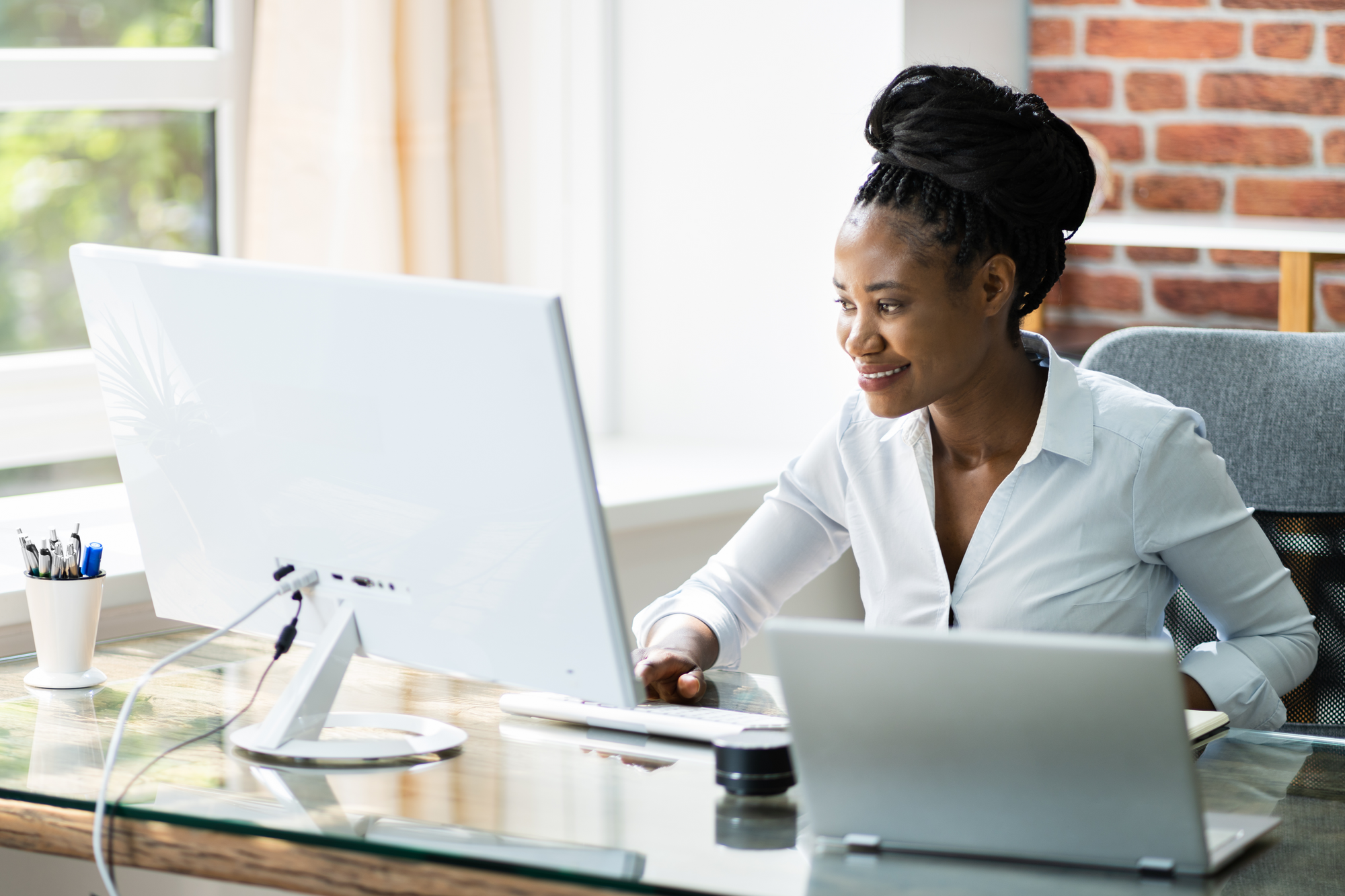In the age of ubiquitous digital technology, increased screen use, and engaging social media content, it is necessary to practice digital wellness. Digital wellness prevents the manifestation of several physical and mental health problems such as headaches, tiredness, eye strain, depression, and anxiety.
Practicing digital wellness has become a necessity, especially with the advent of the coronavirus pandemic and busy work-from-home schedules that disrupt any inkling of a work-life balance. Below are 10 simple and effective tips you can provide your employees to promote digital wellness:
- Cap your screen time
There are various inbuilt applications on your phone that can help you with this. Find an app that works for you, and make it a habit not to spend too long on the screen. Instead of (doom) scrolling your social media channels, consider reading a book or going out for a walk. - Turn on “do not disturb” on your phone
To improve concentration and focus, turn on “do not disturb” from your phone settings while studying or working. Sometimes, these settings aren’t enough - in this case, put your phone away either in your bag or in a desk drawer - just keep it out of sight. - Turn on the “night mode” settings on your devices
The night mode or night shift setting on your phone reduces the amount of blue light your gadget emits. Blue light is known to mess with your ability to sleep, so reducing blue light around bedtime/after sunset will translate to better sleep. - Not at work? Turn off your email!
Turning off your email outside of work hours will mean that you have some time to yourself and aren’t always “on-call”. Being available and answering emails or messages at all times will disrupt your work-life balance which will have further repercussions on your health. - Check-in with yourself/others
Are you or someone you know using the internet too much? Check-in with yourself/them with questions on how they are doing. Track when you feel negative thoughts about what you consume on the internet. If someone you’re following is toxic to your mental health - consider unfollowing them or muting them. - Take breaks from the screen often
Consider the 20, 20, 20 rule - take a break of at least 20 seconds, every 20 minutes, and look at something at least 20 feet away. Also consider a little walk (perhaps to get some water) every 20 minutes. - Consider breaking periods of inactivity
Another 20-30 minute rule, but... consider moving from your desk/phone often. If you can afford it, invest in a standing desk, or let your employer know that you need one. You could also have an automatic light that automatically turns off every 20-30 minutes. This will force you to get up and switch it back on. - Limit phones before bed and as soon as you wake up
Think of your bed as a device-free space. Yep, no more Netflix and chill. Hmm, okay.. maybe on an occasional night then! This will help you get enough sleep and also ensure a clear mind around bedtime. - Remove unnecessary notifications and applications from your phone
The more apps and notifications you have on, the more likely you are to check your phone. So limiting these is a good way to limit cell phone usage. Another alternative is to turn off data for social media applications when you’re on the go. - Give priority to real-life events
If you are with a friend in person, or out having fun, keep your phone in your bag, far out of reach. Not everything needs to be photographed! Take some time to live in the moment without feeling pressured to get everything on camera.
Technology and smart devices have become a vital part of our lives and come with a number of benefits; however, there is such a thing as “too much of a good thing”. Provide your employees with the tools necessary to be successful. Similar to practicing mindfulness, healthy eating, and exercise daily, it is important to practice digital wellness too.





Join the conversation.